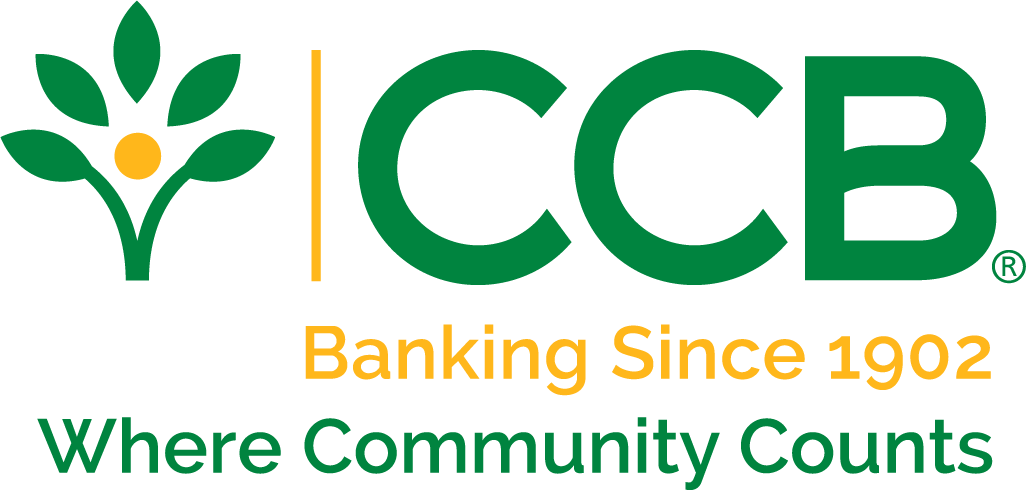There is Never a Bad Time to Start Saving
We know how hard you worked to earn your money. Now let your money work hard for you by earning interest in a CCB savings account. Whether you want to avoid post-holiday debt; help kids build a foundation of smart money habits; or any anything in between, today seems like the perfect day to start putting money away.
Compare Our Savings Account Options
CCB Advantage Savings
Free account that builds your savings effortlessly
- No CCB Advantage Checking Account required
- No monthly maintenance fees
- No minimum balance requirements
- 15 free withdrawals per month
- $25 minimum deposit to open
- Tiered interest rates*
Statement Savings
Build a safety net for your personal needs
- Earn tiered interest rates based on your quarterly average balance
- Avoid the $5 quarterly service fee by maintaining a $100 minimum average quarterly balance
- 15 free withdrawals per month
- $25 minimum deposit to open
Money Management Plus
Earn high interest and watch your rate grow with your balance
- Savings account for higher daily balances
- Earn tiered interest to make the most of your money*
- Minimum balance of $2,500 required to earn interest
- Avoid the $10 monthly service fee by maintaining a $10,000 minimum average daily balance
- 15 free withdrawals per month
- $1,000 minimum deposit to open
*This is a variable rate account. The rate may change after the account is opened.
Christmas Club
Save for the holiday season and avoid post-holiday credit card debt
- Earn interest, credited annually
- No monthly service fee
- No minimum balance requirements
- Make deposits automatically from your checking account weekly, biweekly, or monthly
- Automatically receive direct deposit of funds on or around October 15
- $10 penalty fee for early withdrawal (per withdrawal)
- No minimum deposit to open
CCBee Kids Cash Club
Help kids build a foundation of smart money habits
- Savings account designed for kids 17 and under
- Earn interest like a regular savings account
- No monthly service fee
- No minimum balance requirement
- 15 free withdrawals per month
- $5 minimum deposit to open
- Account must be opened in person
Calculate Your Savings
Have Questions?
*APY=Annual Percentage Yield. APYs accurate as of 6/2/2025. Rates may change after account is opened at our discretion. Minimum to open is $25 for CCB Advantage Savings. The CCB Advantage Savings will earn:(1) If daily balances are $25,000 or less, the interest rate paid on the entire balance will be 0.20% with an annual percentage yield of 0.200%. (2) An interest rate of 0.50% with annual percentage yield of 0.501% will be paid only for the portion of your daily balance that is greater than $25,000. (3) An interest rate of 1.00% with an annual percentage yield of 1.005%will be paid only for the portion of your daily balance that is greater than $250,000. Requires enrollment in E-statements.

